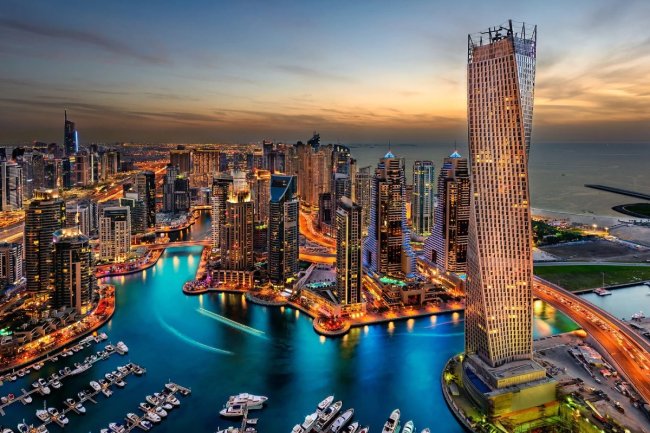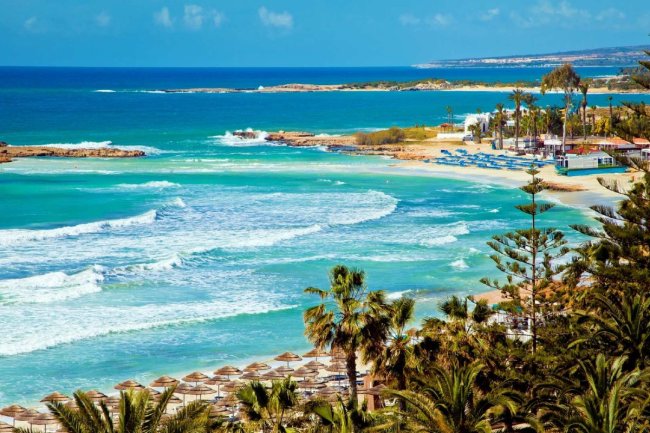Cuba: The Island Where Time Slows Its Pace
What to See on the Island of Freedom
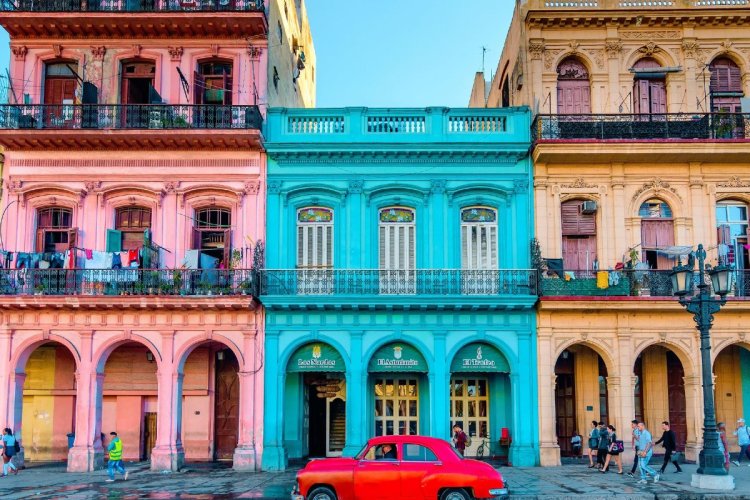
Shrouded in the mist of the past, Cuba seems to have stepped out of the pages of an adventure novel. Here, colonial mansions in Spanish and French styles stand side by side with roaring 1950s "oldsmobiles," while revolutionary graffiti on the walls tells tales of struggle and passion. This island is a living open-air museum, where every corner bears the imprint of a unique history.
Yes, modern conveniences here sometimes give way to Cuba's distinctive charm: internet access comes with restrictions, hotels retain a Spartan simplicity, and store shelves are far from overflowing. But how could these minor inconveniences overshadow the turquoise sea, the fiery rhythms of salsa, or the vibrant colors of nature and architecture? No wonder Ernest Hemingway sought (and found!) inspiration here.
Havana
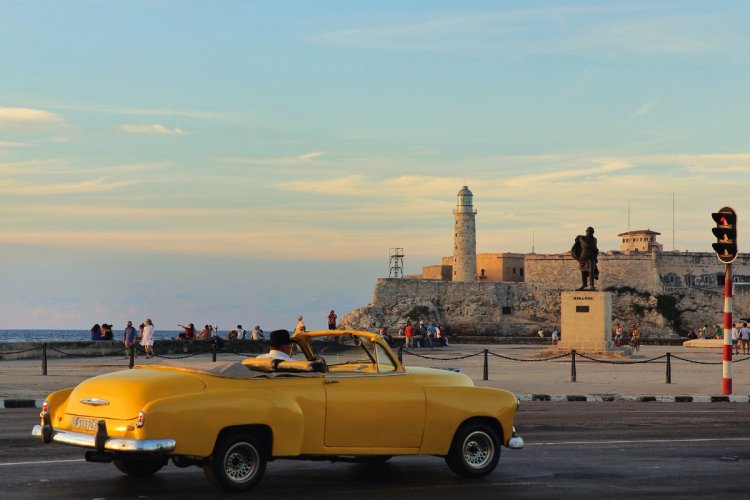
Havana is like a noblewoman in a worn but priceless gown. Its once-luxurious buildings, slightly weathered by time, still breathe the elegance of the colonial era. A blend of Spanish, French, and American influences, forged in the crucible of revolution, has created a cityscape where every street is a page of living history.
For your first encounter with the Island of Freedom, climb the walls of Castillo del Morro. From this 16th-century vantage point, a breathtaking panorama unfolds: pastel-colored mansions, the stark silhouettes of modern buildings, and the endless blue of the bay. Once a fortress protecting the harbor from pirate raids, its lighthouse is now Havana’s iconic landmark.

Step beyond the fortress, and you’ll find yourself on the legendary Malecón—an eight-kilometer seawall where Havana’s heart beats. By day, it’s an open-air museum of architectural masterpieces and monuments; by night, a stage for impromptu concerts and romantic rendezvous. Here, to the rhythm of the ocean waves, locals dance, philosophize, and watch sunsets, generously sharing their zest for life with every passerby.
From the lively Malecón, journey into the heart of Cuban history—Old Havana, its cobblestone streets and colonial facades protected by UNESCO. In the shadow of the ancient fortress La Real Fuerza ("Castle of Royal Power"), time seems to stand still. Nearby Plaza de Armas, where Spanish soldiers once marched, now exudes tranquility. Visitors to the city’s first chapel, El Templete, find shade under the sacred ceiba tree, a witness to centuries of history.
The winding Calle Obispo, seemingly designed to offer respite from the Caribbean heat, beckons with its narrow, shaded sidewalks. Towering twin houses loom like caring giants, creating a natural "air conditioning." Among these architectural wonders stands the legendary El Floridita, the cocktail bar where Hemingway’s ghost still seems to linger, sipping his favorite daiquiri.
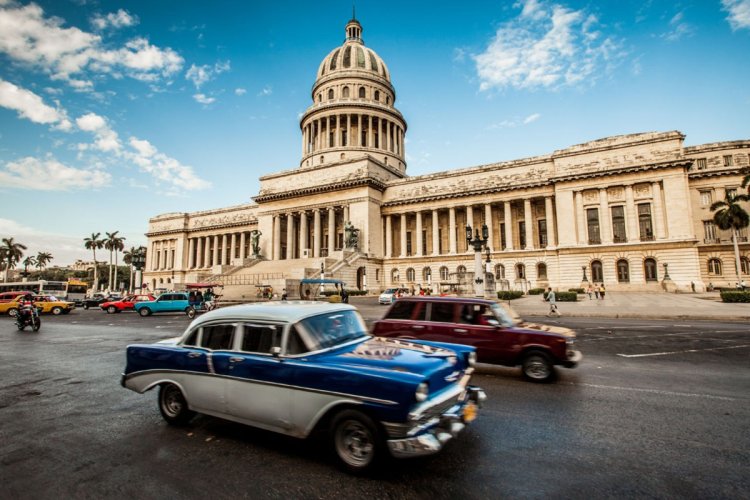
Havana’s Capitolio, a white behemoth with a 62-meter dome, evokes its Washington counterpart with imperial grandeur. Behind it, the famed Partagás tobacco factory hums, where skilled torcedores craft Cuba’s aromatic cigars. Nearby, the Gran Teatro de La Habana stands as a Baroque symphony in stone, its Carrara marble interiors having hosted world-class performances. Across the street, vibrant "oldsmobiles" await—living exhibits of an open-air museum. Rent a 1957 convertible and cruise along Paseo del Prado, where grand mansions bow with wrought-iron balconies.
Viñales Valley
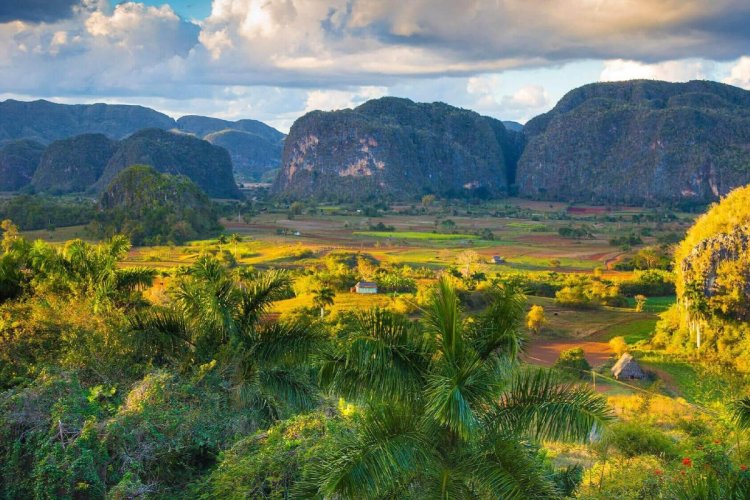
180 km west of Havana lies one of the Caribbean’s marvels—Viñales Valley, where time is measured in geological epochs. Emerald valleys are dotted with mogotes—ancient limestone hills with flat tops, as if sculpted by a giant’s hand. These 160-million-year-old sentinels, recognized by UNESCO, reveal their beauty best on horseback. A trail leads to a colossal mural painted on a cliff face, narrating Cuba’s history in vivid hues.
En route, pause at Las Terrazas reserve, where the ruins of Buena Vista coffee plantations whisper of backbreaking labor centuries ago. Amidst tropical foliage, the bond between history and nature feels palpable.
Peninsula de Zapata National Park
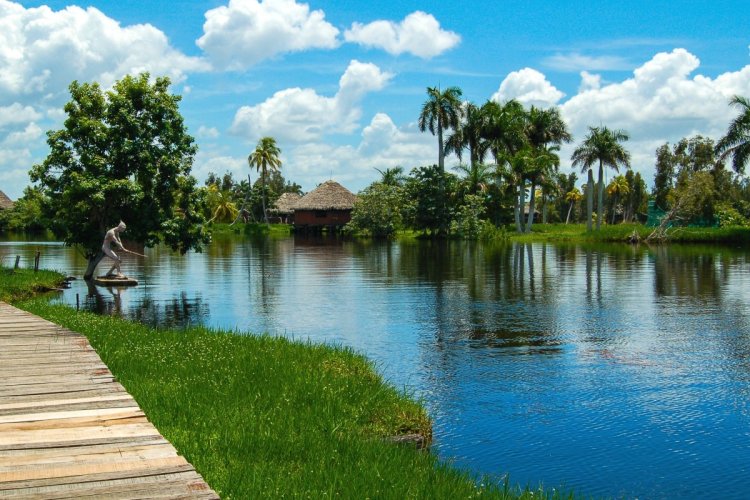
In the heart of the Zapata Peninsula lies the UNESCO-protected biosphere reserve—a watery realm of cypress swamps and "paperbark" trees, where rainbow-hued hummingbirds dart. At the Guama ethnographic village, meet Cuba’s crocodiles, then visit the Bay of Pigs (Playa Girón), where the tides of 1961’s historic clash still echo. Today, these shores, lapped by turquoise waves, astonish as much as their turbulent past.
Cienfuegos
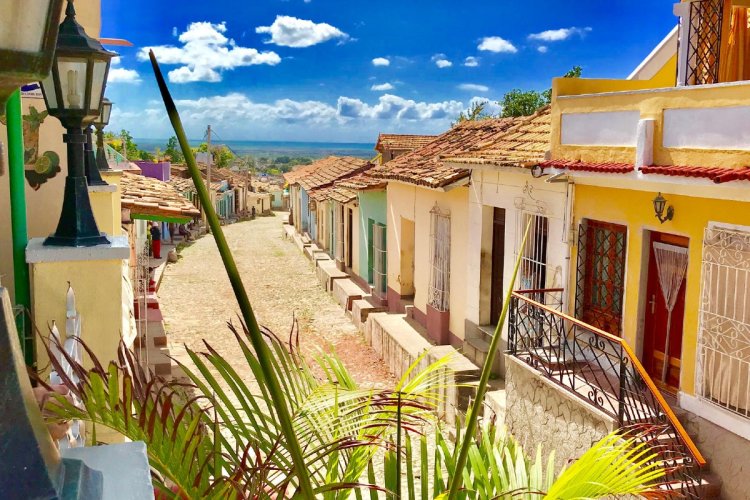
On the way to Trinidad, a surprise awaits: elegant Cienfuegos, where French flair meets Caribbean passion. Founded in 1819, this port town dazzles with architectural harmony. The Benjamin Duarte Cultural House, with its filigree railings and slender columns, resembles a delicate music box. Meanwhile, the Palacio de Valle—a Moorish fantasy amidst Cuba—seems plucked from a fairy tale. Arrive at sunset, when mansion facades glow gold and rose.
Trinidad

Founded by Spanish conquistadors in 1514, Trinidad feels like a time capsule. This UNESCO-listed "museum town" escaped socialist-era changes, its cobbled lanes and pastel 18th-century homes transporting visitors to another era. No grand palaces here—just enchanting simplicity: Rainbow facades (pink, blue, ochre) perfect for photos, San Francisco Convent bell tower—Trinidad’s "skyscraper" with a lookout, Plaza Mayor, anchored by the spiritual Church of the Holy Trinity and Romantic Museum, housing exquisite 19th-century artifacts.
Twelve kilometers away, the Valle de los Ingenios offers horseback rides through sugarcane plantations. Reach it by car or a scenic train from Havana.
Santa Clara

This university town earned its place in history through the Che Guevara Mausoleum—a vast memorial where the revolutionary legend rests. The museum chronicles "El Comandante’s" life, while the monumental statue draws pilgrims. Santa Clara’s youthful energy (thanks to its university) creates a striking contrast with its revolutionary legacy.
Santiago de Cuba
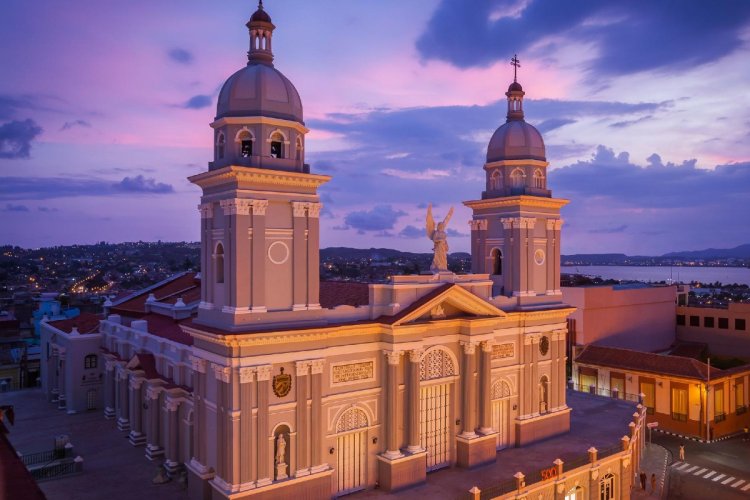
The birthplace of Cuba’s revolution now pulses with carnival drums. Santiago mainly is a pirate-history museum San Pedro de la Roca Castle, built in 17th century, the Afro-Cuban quarter El Tivoli, alive with murals and rhythms and also the oldest Cathedral on the island, dated back to 1522. You will be amazed by the nightlife and festivals channeling the Buena Vista Social Club spirit.
Nearby, the Baconao Biosphere Reserve will also delight birdwatchers.
Embark on a journey to this Caribbean jewel and immerse yourself in the magic of the Island of Freedom with a Cuba eSIM from fedafone—stay connected and share the wonder!

